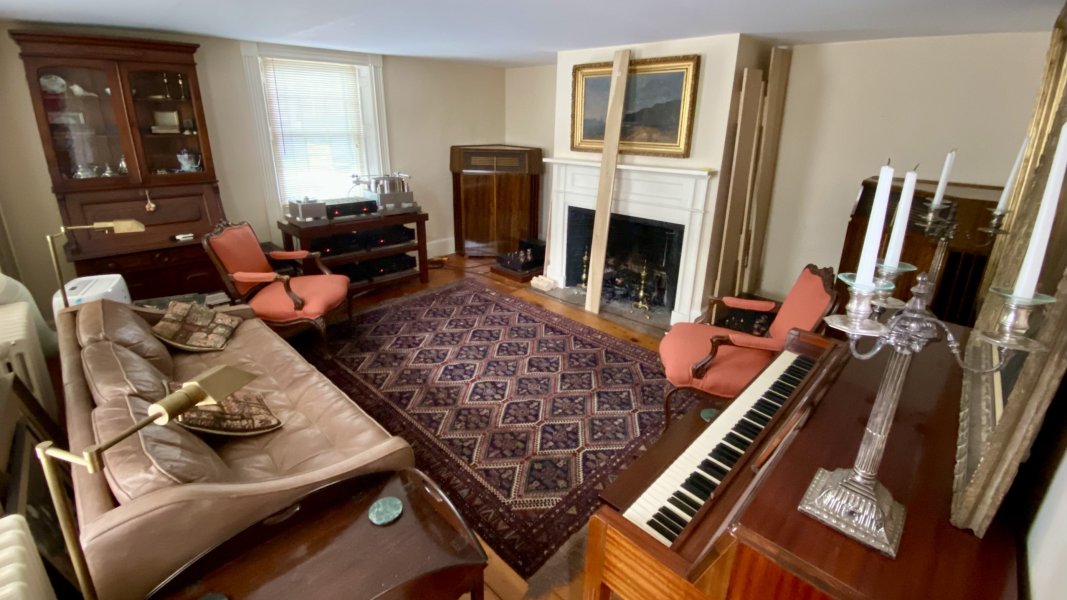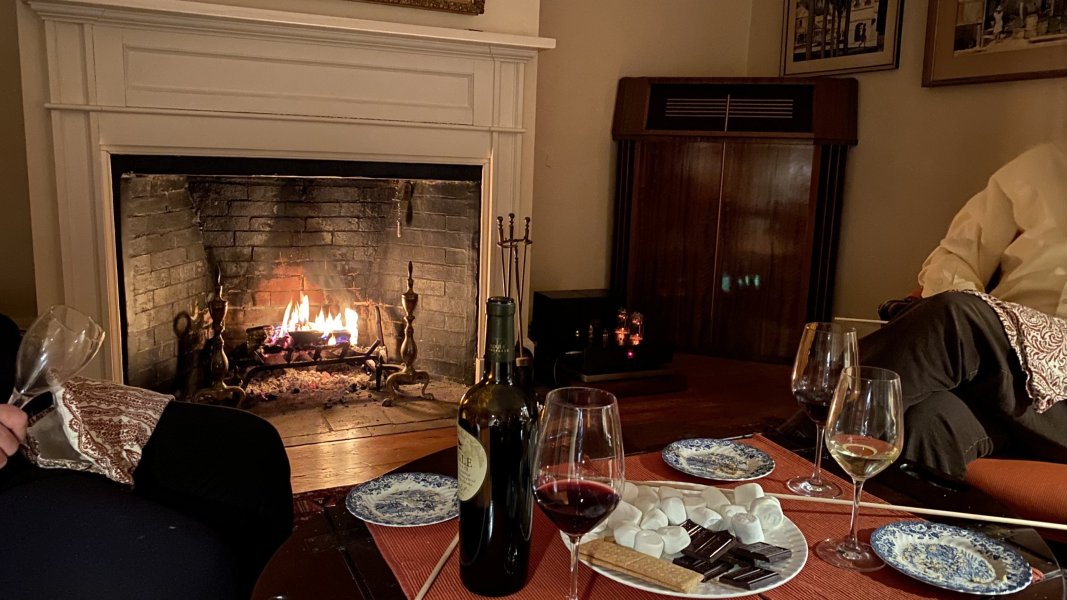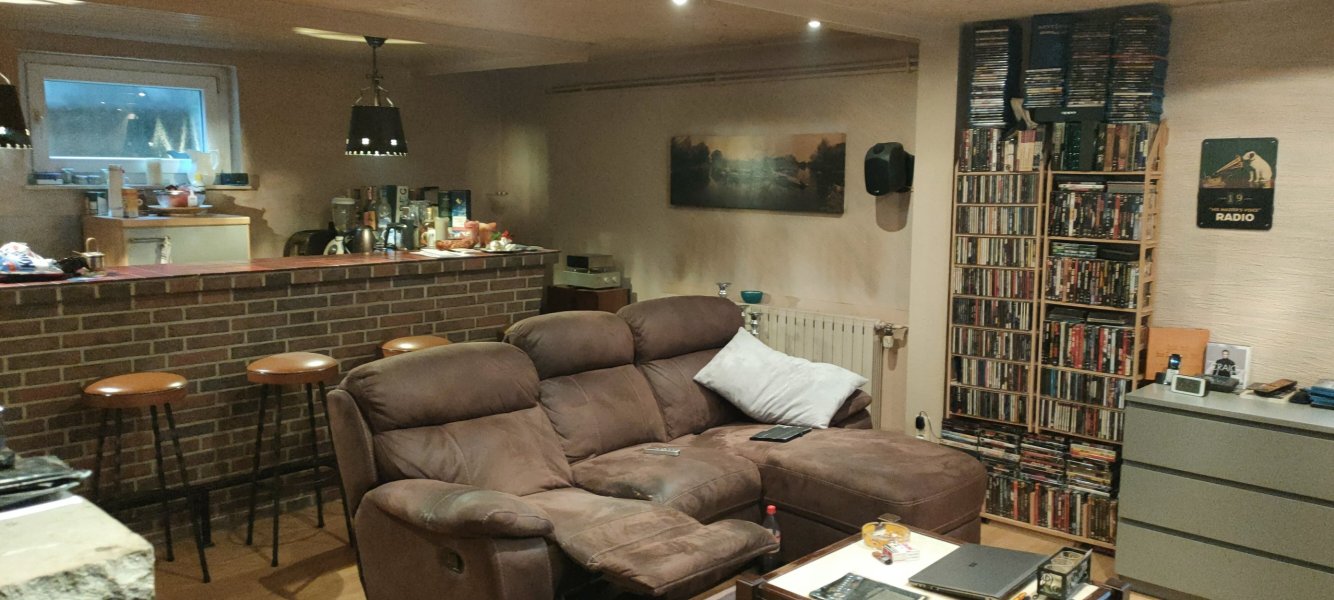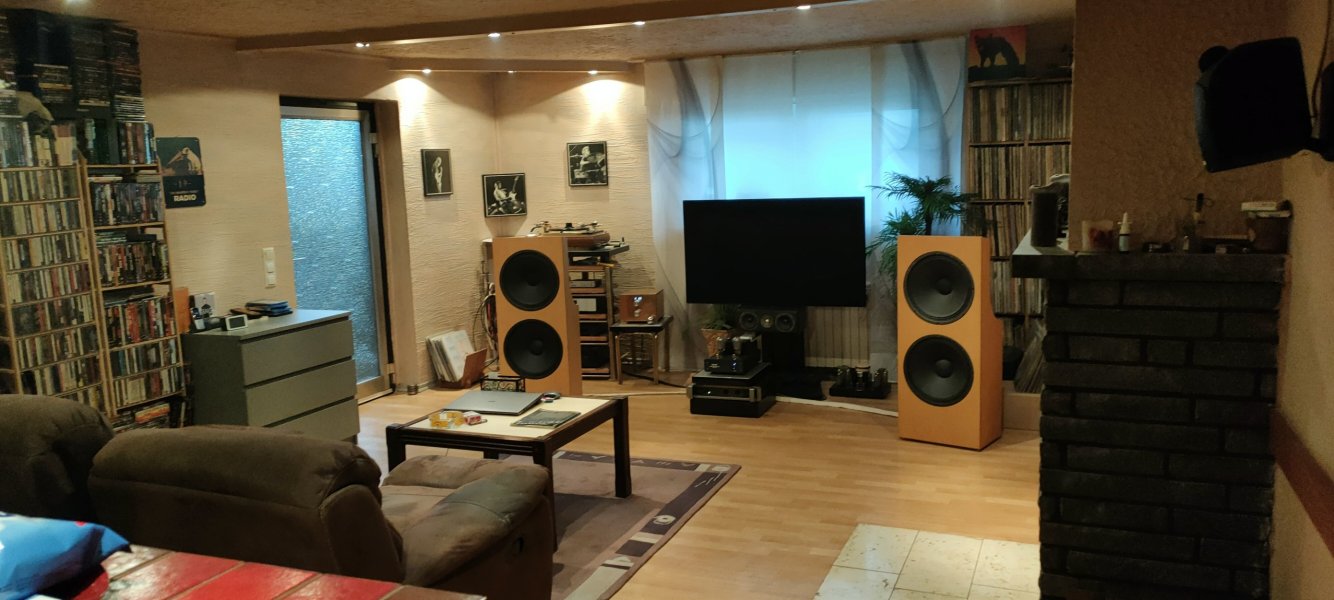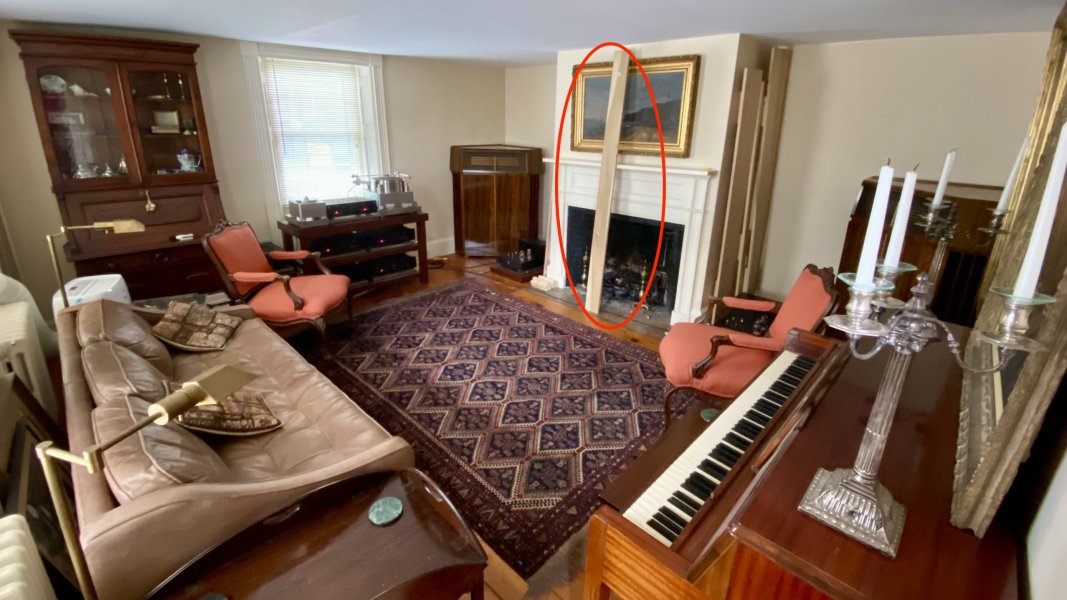With a 'normal' room, it's virtually impossible to give a one-size-fits-all solution, and WAF matters a lot. Generally though, the use of horn speakers, which are more directional than conventional speakers, is helpful because there is more direct sound at the listening position than is *generally* the case with non-horns. This means you're hearing relatively more of the speaker and less of the room, so the room matters relatively less.
The exact opposite end of the spectrum are bi-polar or di-polar speakers which maximally excite room reflections - the room must be very good for these speakers to sound their best.
I know horns aren't overly popular for people on this site, and to an extent I agree - personally I hate the sound of most horns and Klipsch horns especially for all the usual reasons people don't like horns. But they can sound just as good as any other speaker, and will usually beat them in terms of dynamics and subjective transient quickness. It just takes a lot of work to get them that way. Avant Garde horns are pretty good.
The exact opposite end of the spectrum are bi-polar or di-polar speakers which maximally excite room reflections - the room must be very good for these speakers to sound their best.
I know horns aren't overly popular for people on this site, and to an extent I agree - personally I hate the sound of most horns and Klipsch horns especially for all the usual reasons people don't like horns. But they can sound just as good as any other speaker, and will usually beat them in terms of dynamics and subjective transient quickness. It just takes a lot of work to get them that way. Avant Garde horns are pretty good.



